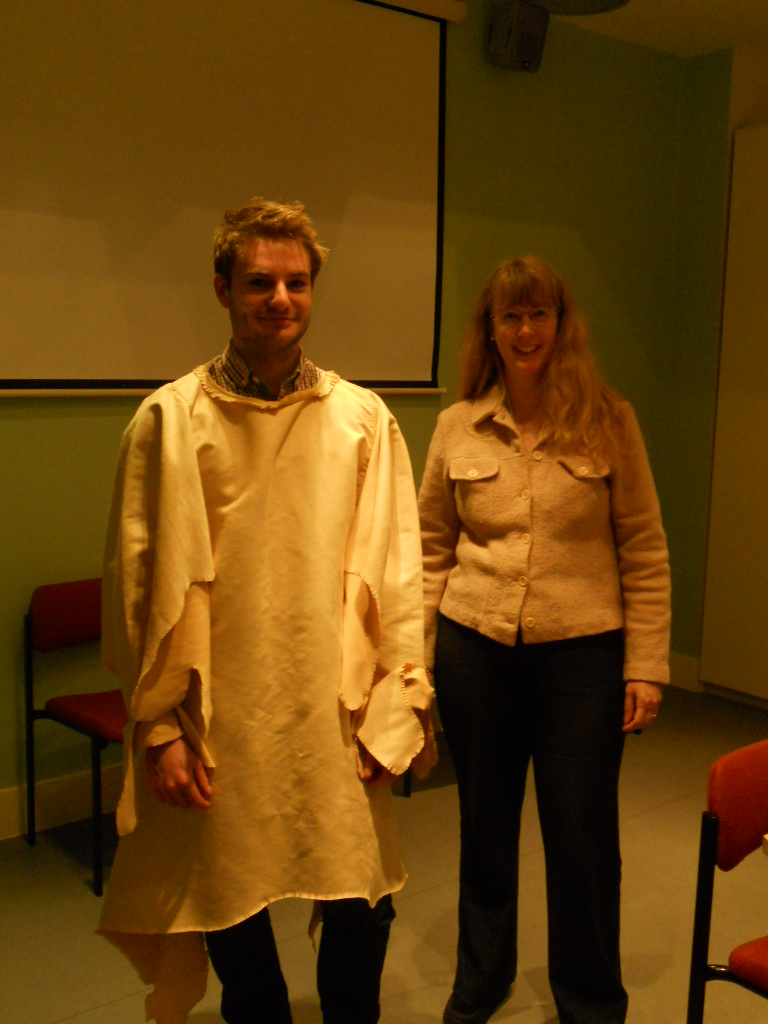We currently have a dedicated group of PhD students from a range of disciplines who have been brought together by Collections-Based Research. Over the last year we have been running specialist training with our collections at Reading and, when possible, beyond. This brings us to the most anticipated PhD training event of this spring term: a trip around the Oxford Museums with Dr Giovanna Vitelli and Dr Laura Peers.
Dr Vitelli is the Head of the University Engagament Programme at the Ashmolean Museum. She is also an expert on Early Modern collecting and led students as they interrogated items in the Museum’s founding Tradescant collection. We discussed how an assumption made by an overly confident cataloguer can become enshrined. Dr Vitelli stressed the need to go back to basic principles when researching historic collections and emphasised the benefits of collaborating with a range of experts.
At the Pitt Rivers Museum Dr Laura Peers also noted the difficulties of reconstructing provenance for items which were collected at auction or even left on the doorstep overnight in baskets. Dr Peers is well known for her work on source or originating community collaboration in North America and was kind enough to discuss her recent project ‘Kaahsinnooniksi Ao’toksisawooyawa’ ‘Our ancestors have come to visit’: Reconnections with historic Blackfoot shirts. Dr Peers told us about the impact that wearing replica shirts had on teenage boys from this community and got Matt Austin to try one on to see how it changed the way he stood. The story of the journey of these shirts really impressed upon us the troubled histories of certain collections. It also got students thinking about the emotional impact of their own collections and the ethical responsibilities of curators and researchers.
This kind of training is not just about going ‘behind the scenes’. Listening to accounts of collection-based research can help a doctoral student to realise that there are some shared problems specific to this kind of investigation. Those with more experience can also model strategies which can be adapted for other research projects. Finally, high quality research of this kind presents you with an example to which you can aspire.








